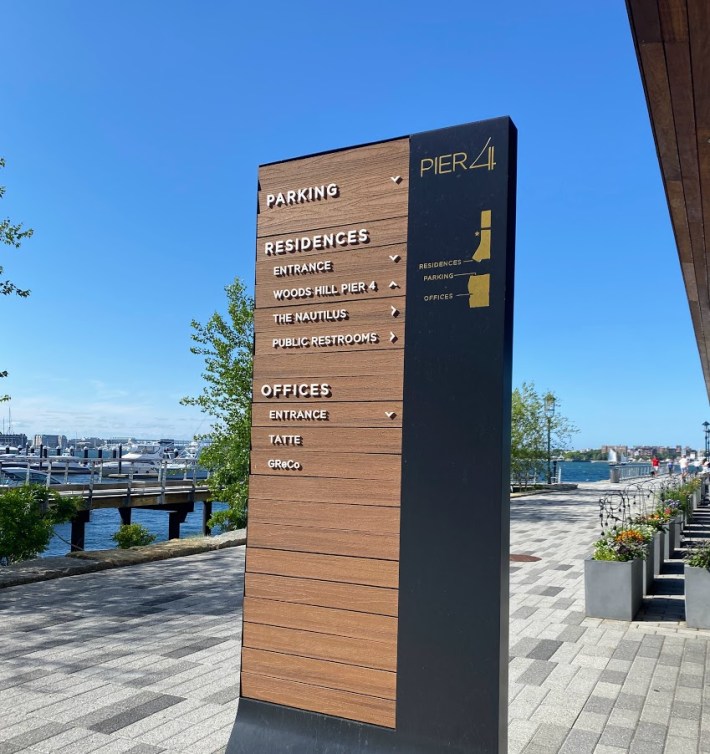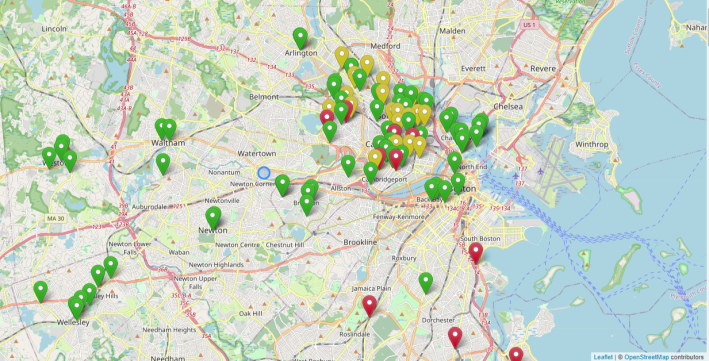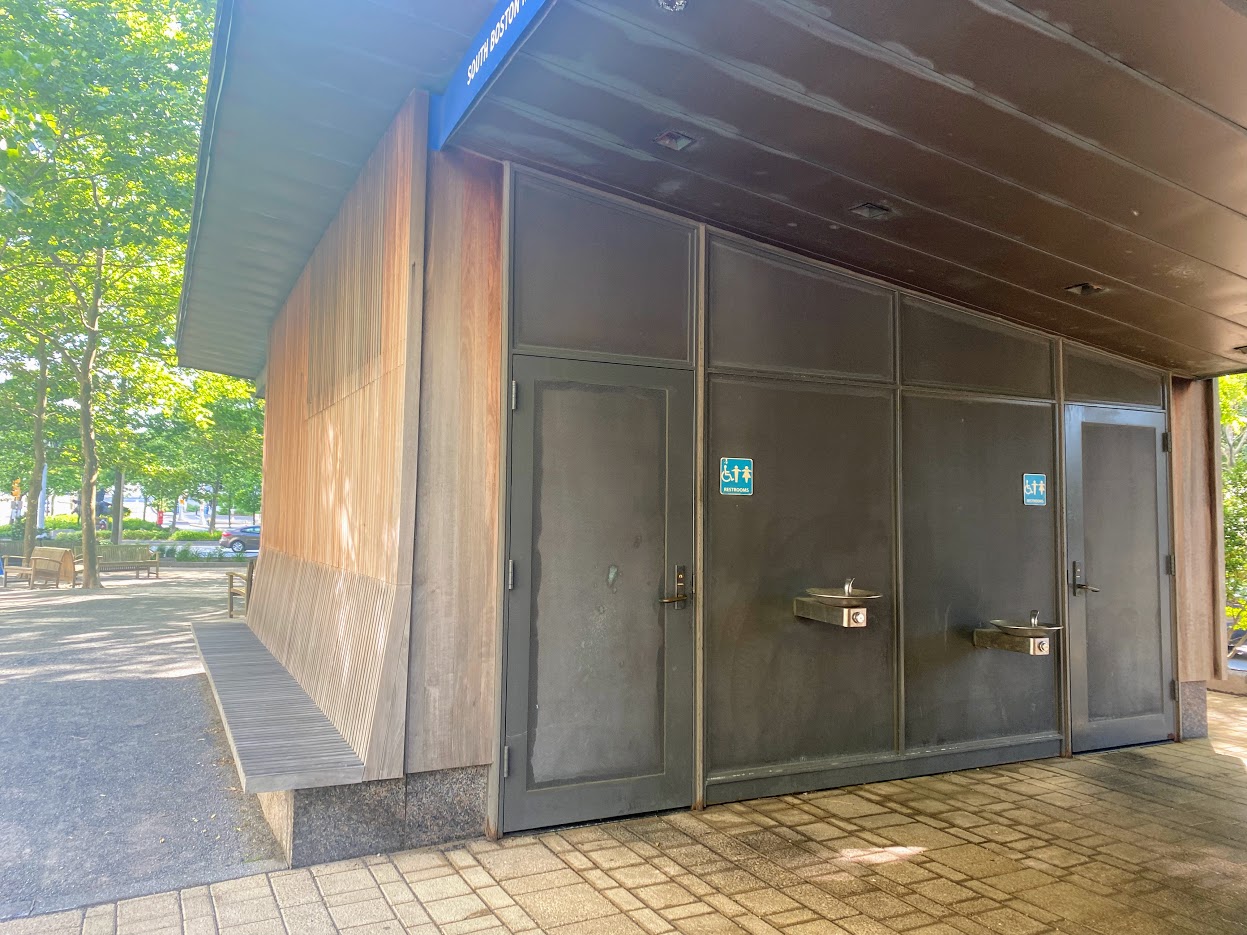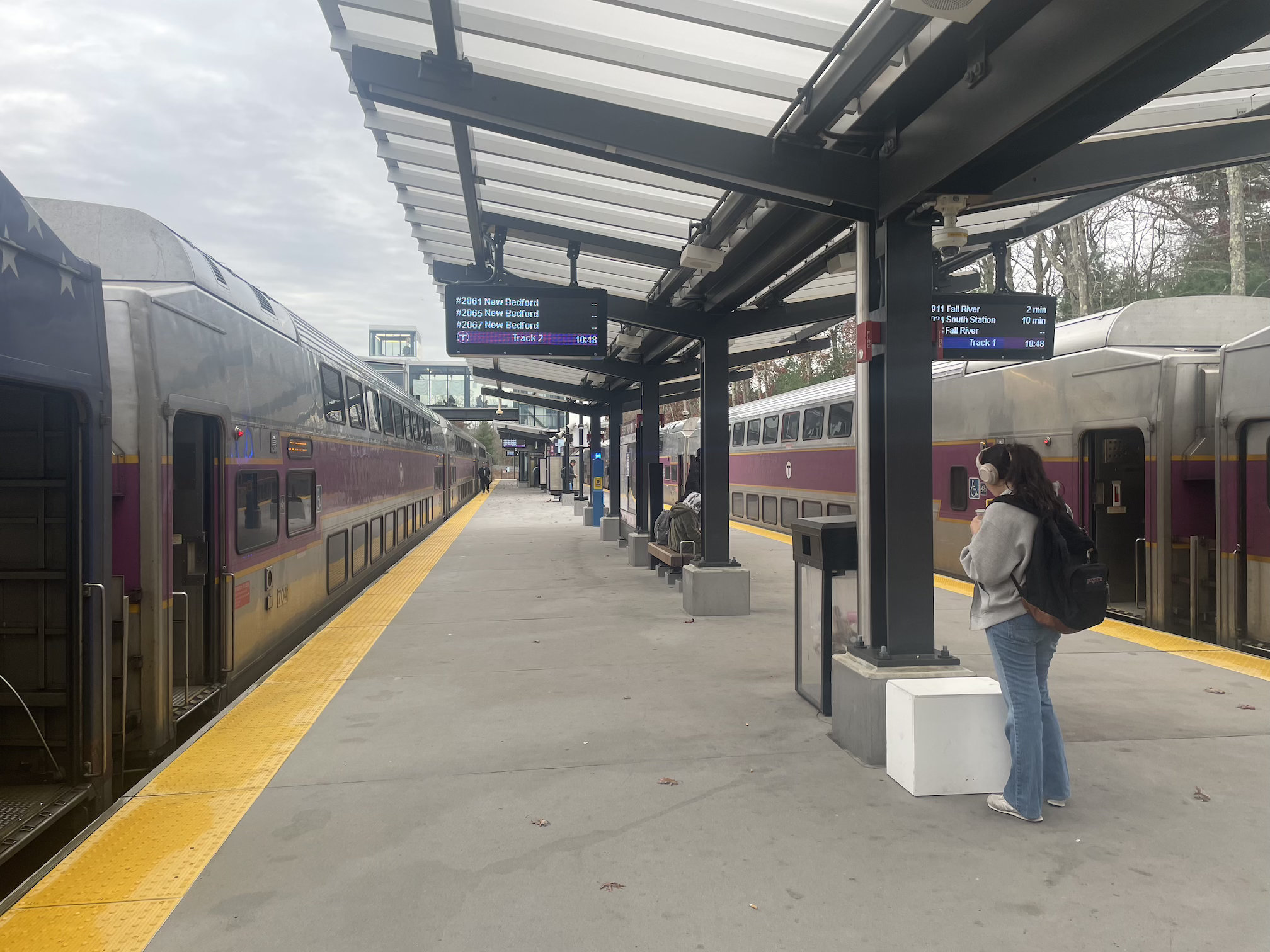Public bathrooms are necessities for anyone who makes their way through cities by foot, bike, public transit, or any other set of wheels, and cities and transit agencies are increasingly treating bathrooms as vital elements of public health and transportation infrastructure.
We’ve all at some point experienced the desperation that comes from needing “to go”, and there being no options in sight. A person with a healthy bladder may be able to wait longer until they can reach their final destination, but as Erica Barnett, editor of Seattle’s Publicola, points out, we all have different needs and set of circumstances that affect how often we need access to public bathrooms.
This is particularly the case for folks with disabilities who may need more space, women who take multiple short trips while running errands, and people experiencing homelessness who risk fines if they relieve themselves in public when that is sometimes the only choice.
Barnett highlights that our access can sometimes even be limited by whether or not we speak English, and how comfortable we feel asking someone resembling law enforcement to give us access to a public bathroom, as can be the case at some T stations where riders must approach and ask transit ambassadors to open locked bathroom doors.
This summer, Catarina De Albuquerque, chief officer of the United Nations Sanitation and Water for All wrote an Op-Ed in the Los Angeles Times referring to the lack of public bathrooms as “an ongoing sanitation crisis, and it highlights American inequality and marginalization.”
Despite the buzz in the media and efforts by advocacy groups, progress has been slow and at times complicated. Policymakers and transit agencies are still apprehensive to champion a public bathroom agenda, citing security fears (though there's no actual evidence that the availability of public bathrooms affects crime rates) and maintenance costs.
According to an article on The Urbanist about public restrooms across the Sound Transit system, “most restroom facility security costs were more than triple the actual cost of maintenance.”
The Unofficial MBTA Bathroom Map, a volunteer effort by Miles Taylor, appears to be the only public inventory of bathroom locations at T stations. The map includes photos, number of stalls, and even a 1-3 cleanliness score rating. It also indicates whether the bathrooms are behind the fare collection machines.
Here’s a high-level overview of the number of T heavy-rail stations with access to bathrooms:
- 1 station out of 12 on the Blue Line (8.33% coverage)
- 7 stations out of 20 on the Orange Line (35%)
- 11 out of 22 stations on the Red Line (50%)
The MBTA recently acknowledged the problems this causes, albeit in a way that won’t actually address the underlying issues: the agency is moving forward with a $100,000 pilot project to install urine detection sensors in four of its station elevators.
An MBTA spokesperson told StreetsblogMASS that the sensors will “dispatch a cleaning crew when the sensors generate a true-positive reading… for now, this is just a hardware pilot.”
“Each of the first four sensors will cost $12,500 each, (and) spare sensors are $2,500 each. The overall cost of the pilot, development of the sensors, calibration, and support is about $100,000,” said the T spokesperson.
The pilot is expected to launch mid-August and will be used to collect data over a three-month period. The T expects to decide whether to expand the pilot by the end of December.
In the past few weeks, T riders have had to “hold it” even longer, with longer waits at platforms due to subway service cuts, in addition to expanding slow zones that make train rides longer.
Last week, when an Orange Line train caught on fire while crossing the Mystic River and halted Orange Line service across the system, one rider reported that passengers were resorting to relieving themselves out in the open.
T commuters are urinating in open daylight at Community College because their commute is twice as long as expected and there are no facilities.
— Jake Tringali (@jaketthepoet) July 21, 2022
Public bathrooms are infrastructure. People need facilities that are inclusive and dignified, especially for people who may need additional space or accommodations such as folks who use a wheelchair, members of the LGBTQ+ community who may prefer unisex bathrooms, and parents who would appreciate a clean changing table for their child.
But access to public bathrooms varies considerably across neighborhoods.
Out of the 135 locations listed under the City of Boston’s public restroom inventory, 59 are open past 7 p.m., but these locations are not reliable year round. Some close earlier on weekends, while others, such as those at public swimming pools, are only open seasonally.

Out of the 135 locations in Boston’s inventory, 47 (35 percent) are open 24/7, but of these, 33 are located inside fire or police stations – places not everyone may feel comfortable entering and asking to use the bathroom. And 7 locations are city toilets that require a 25 cent payment.
That leaves only 7 public bathrooms in the City of Boston that are free, open year round, and not located inside a fire or police station.
Additionally, the quality of the facilities also differs substantially across neighborhoods. Folks in the Seaport have access to some of the newest and nicest public bathrooms in the city: two of the seven free public bathrooms open year-round are located inside the Seaport neighborhood, and four are in other neighborhoods with a median household income above the city’s average; the North End, South Boston, and Fort Point.
Only one of the seven free public bathrooms open year round is located in a neighborhood with a median household income below the city’s average: at the Eddy Apartments in East Boston.
Across the river in Cambridge, the city government convened a Public Toilets Working Group, made up of representatives from different city departments, from 2012 to 2014. During its tenure the group conducted surveys, developed a signage plan, and even created a report based on their findings after speaking with community members, businesses and local organizations. The group has since dissolved, but progress is ongoing in Cambridge.

Kate Riley, Communications Manager for the City of Cambridge’s Department of Public Works told StreetsblogMASS, "In addition to the two “Portland Loos” (permanently installed units) in Central Square and Harvard Square, we typically put out about 14 portable toilets from Spring to Fall in various city parks. We have received funding to install three additional Portland Loos. One is slated for the new DePasquale universal playground, the other two do not have identified locations yet."
Two of these three new Portland Loos will be funded through the City’s Participatory Budgeting, a process where community members vote on how to spend part of the City’s public budget.
One helpful step the region could take would be to compile data we currently have into one comprehensive database of public bathrooms across all municipalities in the greater Boston region. An initiative like this has the potential to serve as a baseline and a tool for city officials and advocacy groups to identify access gaps and begin putting together a public bathroom agenda that meets the needs of everyone who passes through our region, including residents and the millions of people who visit every year.
Amith Saligrama, a rising high school junior at Commonwealth School has been working on just that - a project to compile details on public bathrooms in the Boston area to create a centralized source of information for folks looking to relieve themselves while out and about.
Saligrama told StreetsblogMASS his interest in contributing to his community began back in 2020, when he noticed his grandparents began to limit their daily walks due to a lack of restroom access. He realized that there are many people like his grandparents - parents with toddlers, taxi and delivery drivers – who need access to restrooms. This situation has become more challenging since the pandemic, as private businesses have become reluctant to allow non-customers use of their facilities.
This motivated him to create bathroomaccess.com - a public site showing bathroom locations in the greater Boston area. He found most city websites include lists of parks, trails, and even water-filling stations, but not restrooms.

Saligrama’s map is now live on the Somerville city website, and he recently won the Rotary Club of Weston and Wayland’s Youth Leadership Award for his project. He is continuing his advocacy with other cities in the Greater Boston area to include this resource on their own websites.
Saligrama hopes that seeing these gaps in access to public bathrooms will motivate cities and towns to build more of this basic infrastructure that everyone relies on.
He told StreetsblogMASS that his goal isn’t merely to help people find restrooms; he also wants our local communities to acknowledge all biological needs, and be welcoming to all who use our public space.






